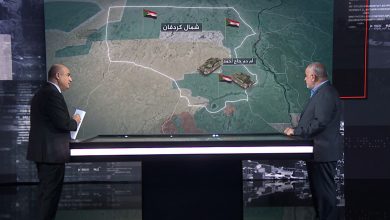DZWatch Exclusive: The nature of warfare is evolving, blurring the lines between traditional combat and peacetime. Experts suggest that a key characteristic of this evolution, often termed ‘hybrid warfare,’ is the lack of clear distinction between peace and war. The situation exists in a gray area, without the definitive sounds of gunfire or a conclusive peace agreement. Instead, there are ambiguous movements suggesting an ongoing, yet concealed, battle.
This report delves into the concept of hybrid warfare, highlighting its defining characteristics and tactics. It examines how modern conflicts are increasingly characterized by a blend of conventional and unconventional methods, creating a complex and challenging security landscape.
What defines hybrid warfare? It’s a strategy that combines military actions with non-military tactics, such as disinformation campaigns, cyberattacks, economic pressure, and support for proxy groups. This multifaceted approach aims to destabilize opponents, sow discord, and achieve strategic objectives without triggering a full-scale military confrontation.
The absence of a clear declaration of war is a hallmark of hybrid warfare. The aggressor often operates in the shadows, denying involvement and making it difficult for the victim to respond effectively. This ambiguity creates confusion and uncertainty, hindering the development of a unified and coherent defense strategy.
Understanding the nuances of hybrid warfare is crucial for policymakers, security analysts, and the general public. As the world becomes increasingly interconnected, these tactics are likely to become more prevalent, requiring a comprehensive approach to security that encompasses both military and non-military domains.
DZWatch will continue to monitor and analyze developments in this critical area, providing in-depth coverage and expert insights to help our readers understand the evolving nature of modern conflict.




